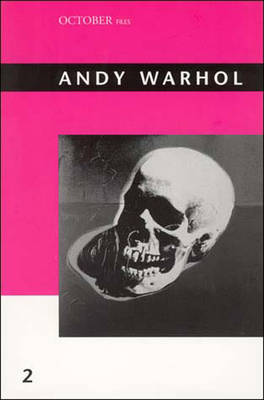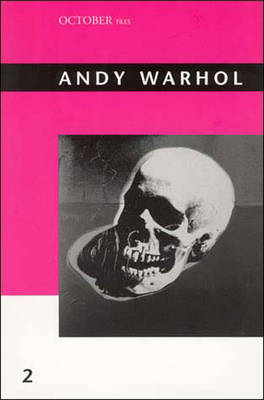
- Afhalen na 1 uur in een winkel met voorraad
- Gratis thuislevering in België vanaf € 30
- Ruim aanbod met 7 miljoen producten
- Afhalen na 1 uur in een winkel met voorraad
- Gratis thuislevering in België vanaf € 30
- Ruim aanbod met 7 miljoen producten
Omschrijving
Andy Warhol (1928-1987), one of the most celebrated artists of the last third of the twentieth century, owes his unique place in the history of visual culture not to the mastery of a single medium but to the exercise of multiple media and roles. A legendary art world figure, he worked as an artist, filmmaker, photographer, collector, author, and designer. Beginning in the 1950s as a commercial artist, he went on to produce work for exhibition in galleries and museums. The range of his efforts soon expanded to the making of films, photography, video, and books. Warhol first came to public notice in the 1960s through works that drew on advertising, brand names, and newspaper stories and headlines. Many of his best-known images, both single and in series, were produced within the context of pop art. Warhol was a major figure in the bridging of the gap between high and low art, and his mode of production in the famous studio known as "The Factory" involved the recognition of art making as one form of enterprise among others. The radical nature of that enterprise has ensured the iconic status of his art and person. Andy Warhol contains illustrated essays by Benjamin H. D. Buchloh, Thomas Crow, Hal Foster, Rosalind Krauss, Annette Michelson, and Nan Rosenthal, plus a previously unpublished interview with Warhol by Buchloh. The essays address Warhol's relation to and effect on mass culture and the recurrence of disaster and death in his art.
Specificaties
Betrokkenen
- Uitgeverij:
Inhoud
- Aantal bladzijden:
- 146
- Taal:
- Engels
- Reeks:
- Reeksnummer:
- nr. 2
Eigenschappen
- Productcode (EAN):
- 9780262632423
- Verschijningsdatum:
- 18/01/2002
- Uitvoering:
- Paperback
- Formaat:
- Trade paperback (VS)
- Afmetingen:
- 151 mm x 227 mm
- Gewicht:
- 208 g

Alleen bij Standaard Boekhandel
Beoordelingen
We publiceren alleen reviews die voldoen aan de voorwaarden voor reviews. Bekijk onze voorwaarden voor reviews.










